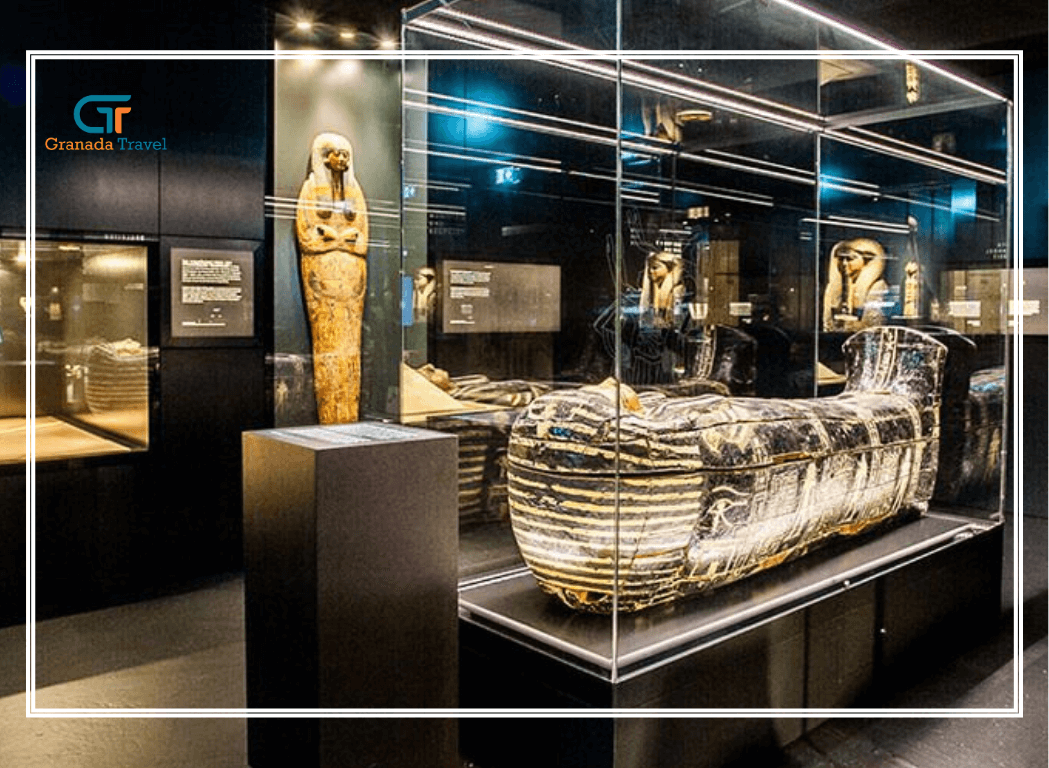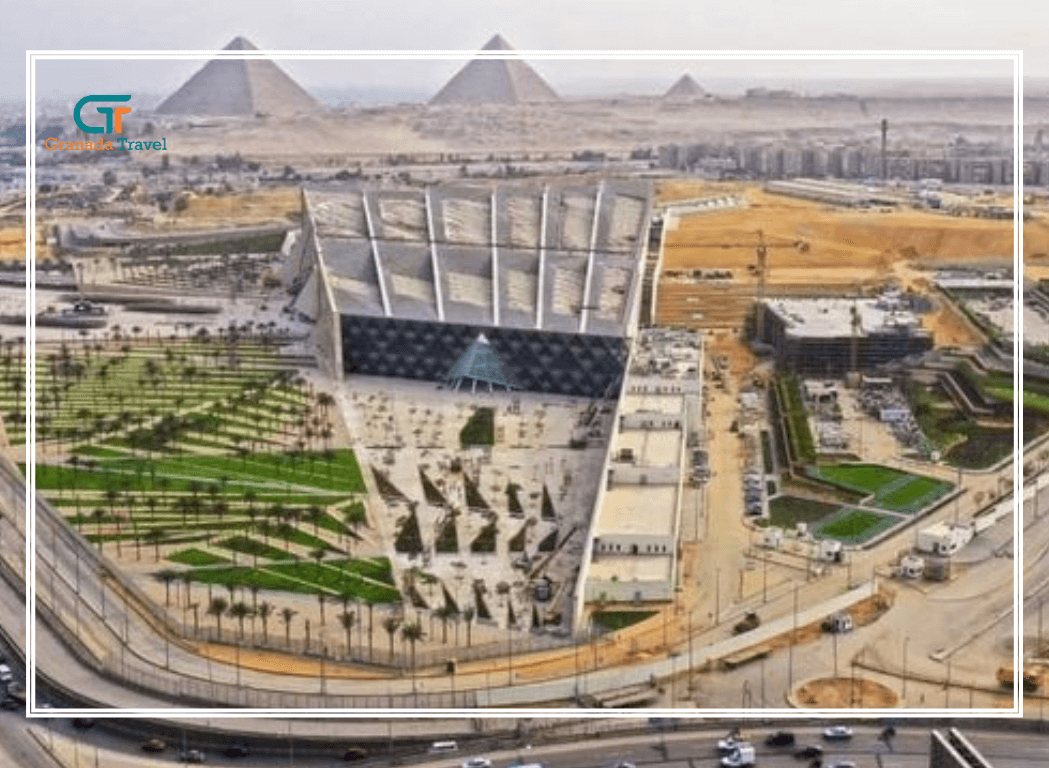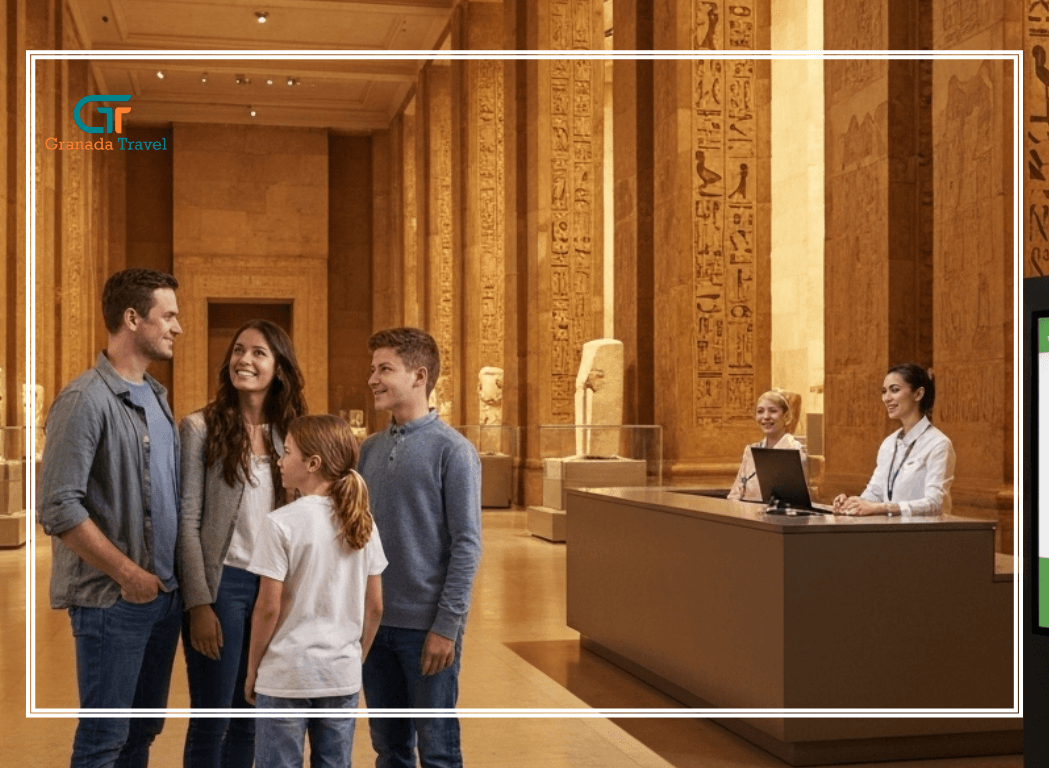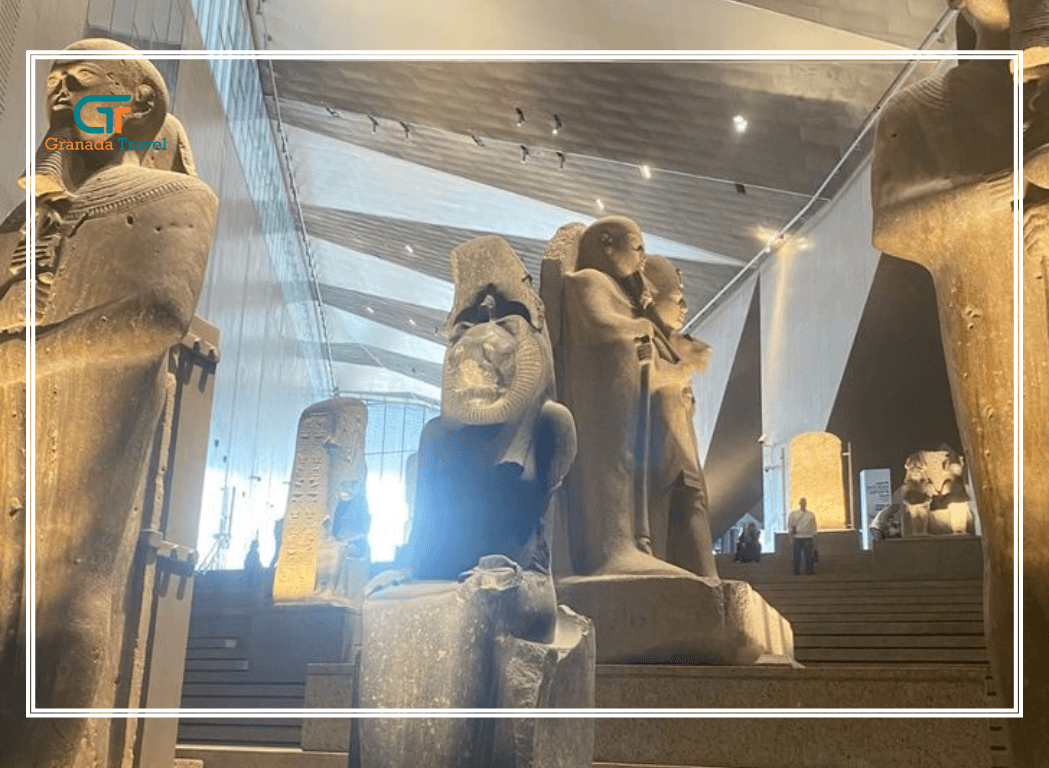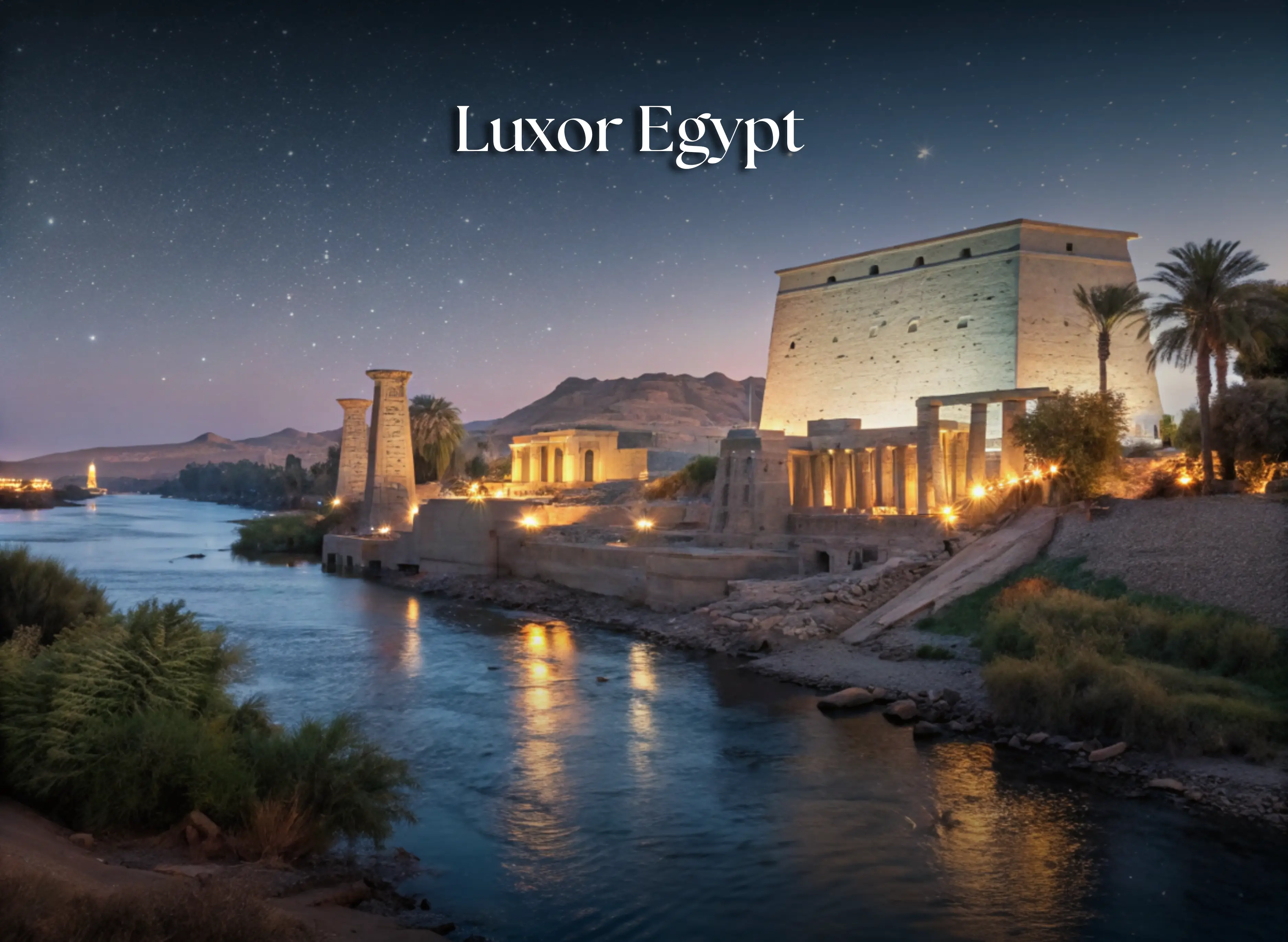
Luxor, Egypt: Unveiling the Secrets of Ancient Thebes
Luxor, a city steeped in history and bathed in the golden glow of the Egyptian sun, beckons travellers to step back in time and witness the splendour of a bygone era. Situated on the east bank of the majestic Nile River in Upper Egypt, Luxor, once known as Thebes, served as the illustrious capital during the zenith of the pharaohs' reign (circa 16th to 11th centuries BC).
Today, Luxor Egypt stands as an open-air museum, inviting intrepid explorers to wander through colossal temple complexes, delve into the mysteries of ancient tombs, and immerse themselves in a narrative etched in stone.
Luxor City Egypt: A Vibrant Present Rooted in a Glorious Past
Luxor City Egypt pulsates with a unique energy, a captivating blend of modern Egyptian life unfolding against the backdrop of millennia-old monuments. This bustling urban centre serves as the quintessential gateway to the region's unparalleled historical treasures. As you navigate its streets, the imposing silhouette of Luxor Temple, gracefully illuminated at night, serves as a constant reminder of the city's profound connection to its ancient heritage.
The vibrant souks offer a sensory feast, with the aromas of spices mingling with the chatter of vendors, while the gentle lapping of the Nile against the Corniche provides a soothing counterpoint to the historical grandeur that permeates the air.
Pinpointing Paradise: Where is Luxor Egypt?
To orient oneself within this historical heartland, it's essential to understand its geographical context. Where is Luxor Egypt? The answer lies in the southern reaches of the country, approximately 500 kilometres (310 miles) south of the bustling metropolis of Cairo. Perched strategically along the fertile banks of the Nile, Luxor's location was pivotal to its ancient prominence, providing access to vital trade routes and agricultural abundance.
Bridging the Miles: Distance from Cairo to Luxor Egypt
For those embarking on an Egyptian adventure, understanding the distance from Cairo to Luxor Egypt is crucial for planning. The aerial distance between these two significant cities is roughly 511 kilometres. Fortunately, modern travel has made this journey relatively swift, with domestic flights typically taking around an hour, offering breathtaking aerial views of the Egyptian landscape as you transition from the urban sprawl of Cairo to the historical embrace of Luxor.
Charting Your Course: Luxor Egypt Map
To navigate the wealth of archaeological sites and the layout of the city itself, a Luxor Egypt map proves an invaluable tool. Such a map reveals the clear division created by the Nile, with the East Bank hosting the vibrant city, Luxor Temple, and the magnificent Karnak Temple, while the West Bank shelters the necropolis, including the Valley of the Kings Luxor Egypt, the Valley of the Queens Luxor Egypt, and the imposing Colossi of Memnon Luxor Egypt.
The Ideal Time to Explore: Weather in Luxor Egypt
To fully appreciate the wonders of Luxor, considering the climate is paramount. The weather in Luxor Egypt is characterised by a desert climate, bringing hot, arid summers and pleasantly mild winters. During the peak summer months, the Luxor Egypt temperature can climb significantly, making sightseeing a more demanding endeavour. Consequently, the most agreeable period for exploration falls between October and April, when the temperatures are more conducive to wandering through ancient sites under clear, sunny skies.
Planning Your Escape: Holidays to Luxor Egypt and Package Holidays to Luxor Egypt
For those dreaming of experiencing this ancient marvel firsthand, numerous options exist for holidays to Luxor Egypt. Many travellers opt for package holidays to Luxor Egypt, which often streamline the planning process by bundling flights, accommodation, and sometimes even guided tours into a single, convenient arrangement.
These packages cater to various budgets and preferences, allowing visitors to tailor their experience to their specific needs. For an even more seamless experience, consider Luxor holidays Egypt all inclusive options, which can provide exceptional value and peace of mind by covering the majority of your expenses upfront.
Luxurious Sanctuaries: Best Hotels in Luxor Egypt
After a day of delving into the mysteries of the past, a comfortable and welcoming place to rest is essential. Luxor boasts a selection of the best hotels in Luxor Egypt, many of which offer stunning vistas of the Nile and provide a haven of relaxation. Some notable options include:
- The legendary Sofitel Winter Palace Luxor, exuding old-world charm and elegance.
- The contemporary Steigenberger Nile Palace, offering modern amenities and picturesque river views.
- The tranquil Jolie Ville Resort & SPA Kings Island Luxor, set on its own island.
- The luxurious Hilton Luxor Resort & Spa, known for its excellent service and facilities.
[cta-actions]
A Treasure Trove of Antiquity: Luxor Egypt Attractions and Places to See in Luxor Egypt
The sheer density of historical sites makes Luxor Egypt attractions truly captivating. There are countless places to see in Luxor Egypt, each whispering tales of pharaohs, gods, and the daily lives of ancient Egyptians.
The East Bank's Grandeur
- Karnak Temple: Prepare to be awestruck by the sheer scale of this sprawling temple complex. Linked to Luxor Temple by the Avenue of Sphinxes, Karnak Temple is a testament to centuries of construction by successive rulers. Wander through its colossal Hypostyle Hall, a forest of towering columns adorned with intricate carvings, and marvel at the towering obelisks that pierce the sky. Within its vast precincts lies the Temple Amun, the heart of this sacred site.
- Luxor Temple: Situated in the heart of the modern city, Luxor Temple stands as a graceful monument, particularly enchanting when illuminated at night. Built primarily by Amenhotep III and Ramesses II, its elegant columns and well-preserved sanctuaries offer a glimpse into the religious practices of the New Kingdom.
The West Bank's Necropolis
Crossing the Nile to the West Bank Luxor Egypt is akin to stepping into a vast open-air museum dedicated to the afterlife.
- Valley of the Kings Luxor Egypt: This arid valley served as the final resting place for numerous New Kingdom pharaohs, their tombs hewn into the rock face and adorned with elaborate murals intended to guide them on their journey to the afterlife. The tomb of Tutankhamun, discovered largely intact, remains a highlight for many visitors.
- Valley of the Queens Luxor Egypt: Here, the wives, children, and mothers of the pharaohs were interred. The tombs, while often smaller than those in the Valley of the Kings, are equally adorned with vibrant and captivating artwork.
- Colossi of Memnon Luxor Egypt: Guarding the entrance to what was once Amenhotep III's mortuary temple, these two massive stone statues depict the pharaoh seated. Though much of the temple has vanished, the Colossi remain as imposing sentinels.
- Queen Hatshepsut Temple: Rising dramatically from the desert floor, the mortuary temple of the female pharaoh Queen Hatshepsut Temple is an architectural marvel. Its terraced design blends seamlessly with the natural landscape, and its intricate reliefs narrate the remarkable reign of this powerful queen.
- Habu Temple: The mortuary temple of Ramesses III, Habu Temple, is remarkably well-preserved, with impressive monumental gateways and vivid wall carvings depicting the pharaoh's military victories and religious rituals.
- Valley of the Nobles: This area contains the tombs of high-ranking officials and nobles, offering insights into the lives and beliefs of the elite during the pharaonic era.
- Deir el Medina: Explore the fascinating remains of Deir el Medina, the ancient village of the artisans and workers who painstakingly crafted the royal tombs in the Valleys of the Kings and Queens. The tombs of workers here provide a unique glimpse into their daily lives and beliefs.
- Theban Necropolis: The Theban Necropolis encompasses the entirety of the West Bank's burial sites, a vast and historically significant landscape.
Beyond the Main Attractions
- Luxor Museum: For a deeper understanding of the region's history, a visit to the Luxor Museum is highly recommended. Its carefully curated collection showcases artefacts unearthed from the surrounding archaeological sites, offering context and detail to the monumental structures you'll encounter.
- Venturing slightly further afield opens up even more historical treasures.
- Abydos Temple: Located north of Luxor, the Abydos Temple is dedicated to the god Osiris and is renowned for its well-preserved reliefs and the fascinating "Abydos King List."
- Dendera Temple Complex: Also situated north of Luxor, the Dendera Temple Complex is dedicated to the goddess Hathor and is notable for its beautifully decorated ceilings and the intriguing Dendera Zodiac.
Immersive Experiences: What to do in Luxor Egypt
Beyond simply visiting the ancient sites, there are numerous ways to immerse yourself in the Luxor experience.
- Nile River Luxor Egypt: A traditional felucca ride along the Nile River Luxor Egypt offers a serene perspective of the landscape and the ancient monuments lining its banks. Alternatively, a longer Nile cruise provides a more comprehensive exploration of Upper Egypt.
- Egypt Luxor Tours: Engaging in Egypt Luxor tours led by knowledgeable guides can significantly enhance your understanding and appreciation of the historical significance of each site. These tours often provide invaluable context and insights that you might otherwise miss.
Dispelling Misconceptions: Are there Pyramids in Luxor Egypt?
A common question among first-time visitors is, are there pyramids in Luxor Egypt? While Luxor is undeniably rich in ancient wonders, it is not the primary location for the iconic Egyptian pyramids. The most famous pyramids, including the Great Pyramid of Giza, are located near Cairo. However, some comprehensive egypt luxor tours might include a flight or overnight trip to Cairo to witness these magnificent structures.
Culinary Delights: Best Restaurants in Luxor Egypt
After a day of exploration, indulging in the local cuisine is a must. Luxor offers a variety of dining options to suit different tastes. Some of the best restaurants in Luxor Egypt include:
- Sofra Restaurant & Café, known for its authentic Egyptian dishes in a charming setting.
- Al-Sahaby Lane Restaurant, offering delicious food and a relaxed atmosphere.
- 1886 Restaurant, located within the Winter Palace, providing a more formal dining experience.
In conclusion, Luxor Egypt is more than just a destination; it's a journey through millennia, an opportunity to stand in awe of the achievements of one of history's greatest civilisations. From the grandeur of Karnak Temple to the serene beauty of the Nile River Luxor Egypt, Luxor captivates the senses and leaves an indelible mark on the soul. Whether you are drawn by the allure of the Valley of the Kings Egypt, the architectural splendour of Queen Hatshepsut Temple, or the sheer scale of the Colossi of Memnon Luxor Egypt, Luxor promises an unforgettable adventure into the heart of ancient Egypt. Plan your holidays to Luxor Egypt and prepare to be transported to a world where pharaohs ruled and gods were worshipped along the fertile banks of the Nile.
[cta-actions]

